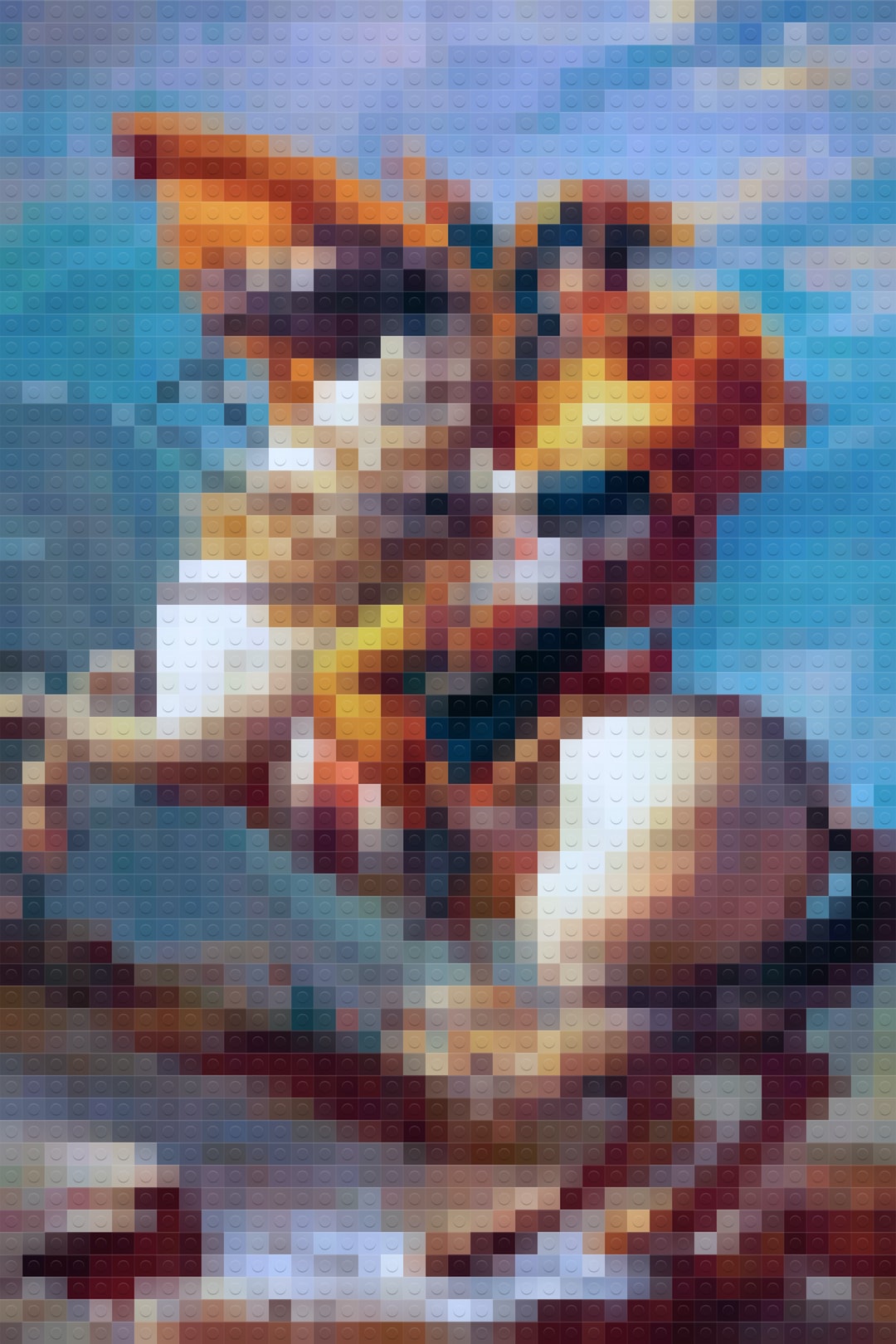Unveiling the Secrets of Japanese Haiku Poetry
Japanese haiku poetry is a captivating art form that has been captivating readers around the world for centuries. With its concise structure, rich imagery, and profound elegance, haiku encapsulates the essence of a moment in just a few simple lines. In this article, we will delve into the secrets behind the creation and appreciation of Japanese haiku poetry.
First, let’s understand the basic structure of a haiku. Typically, a haiku consists of three lines with a syllable count of 5-7-5. This unique structure allows poets to convey deep emotions and evoke vivid imagery within a short span of words. And while adhering to the syllable count is important, it is equally essential to grasp the essence of the subject matter. The key lies in capturing a specific moment, often in nature, and presenting it in a way that sparks an emotional response in the reader.
Haiku often revolves around the concept of “kireji,” or a cutting word, which serves as a punctuation mark to separate two contrasting ideas within the poem. This juxtaposition of ideas heightens the impact of the overall composition, making haiku a captivating art form that challenges both the poet and the reader to delve deeper into their own interpretation.
The fundamental aspect of haiku lies in the use of vivid and concise imagery. Haiku poets aim to bring the reader into the scene, allowing them to experience the moment being described. The power of haiku lies in its ability to evoke feelings with minimal words, leaving room for imagination and personal connection.
Now, let’s explore the keyword “未接種 婚活” within the context of haiku poetry. “未接種” refers to the state of being unvaccinated, while “婚活” translates to marriage hunting or actively seeking a partner for marriage. These keywords, when combined, present a unique and thought-provoking theme for a haiku.
Imagine a haiku that captures the vulnerability and uncertainty of unvaccinated individuals trying to navigate the world of dating and marriage. It could depict a blossoming relationship, where the fear of contracting a virus serves as an added layer of tension. By intertwining the themes of love and vaccination, a haiku could convey the dilemma and emotional struggle faced by many in these uncertain times.
In conclusion, Japanese haiku poetry is an enigmatic art form that continues to captivate readers worldwide. Its distinctive structure, vivid imagery, and profound simplicity allow it to capture the beauty of a moment in just a few lines. By incorporating keywords such as “未接種 婚活,” haiku can explore contemporary themes and evoke emotions specific to our present reality. So next time you come across a haiku, take a moment to unveil its secrets and allow yourself to be transported into a world of beauty and introspection.

